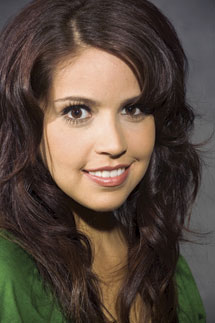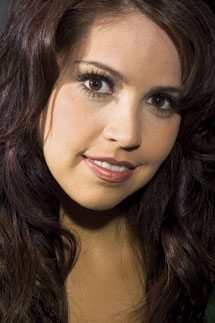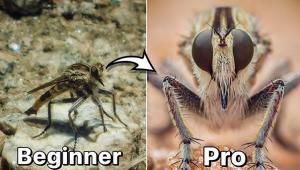Understanding And Controlling Strobe Lighting; A Guide For Digital Photographers
The following is an excerpt from Understanding and Controlling Strobe Lighting: A Guide for Digital Photographers by John Siskin, published by Amherst Media (ISBN: 978-1-608952-42-7). John has been a Shutterbug contributor and we were glad to see him bring his knowledge on the topic of lighting to this new book.—Editor
Hard Or Soft Light?
In the past, most portraits were made using hard light. Photographers worked with large format cameras and slow film and a lot of light. Without a lot of light, portrait subjects would have had to sit still for a very long time. Many fine portraits, for instance, the old Hollywood studio portraits, were made with lots of hot lights.
 |
 |
|
 |
||
|
||
As we’ve learned, light sources that are large and close to the subject produce softer light than sources that are small and farther from the subject. As I discussed in chapter 3, there are many tools photographers can use to make a hard light source softer and more diffuse.
 |
||
|
||
Ratio Lighting
A light ratio is the numeric description of the difference in intensity between the highlight side (illuminated by the main light) of the subject and the shadow side (illuminated by fill light). The fill light is placed more or less directly in front of the subject and thus provides light over the whole face. The main light is positioned between 1:30 and 3:00 and illuminates just one side of the face.
 |
 |
|
 |
||
|
||
The side of the face lit only by the fill light has a numeric value of 1 (e.g., one unit of light). If the main light provides the same amount of light as the fill, the bright side is said to have twice as much light as the fill side and has a numeric value of 2. The ratio in this setup, then, is 2:1.
Ratio lighting works with hard lights. In my career, I have witnessed other photographers trying to apply light ratios using soft lights. I try to discourage thinking in terms of ratios with large light sources, as the results don’t show a characteristic difference between the two sides of the face. Of course, if you use more modestly sized light sources or position your lights farther from your subject, the light will exhibit more of the characteristics of hard light.
 |
||
|
||
















































